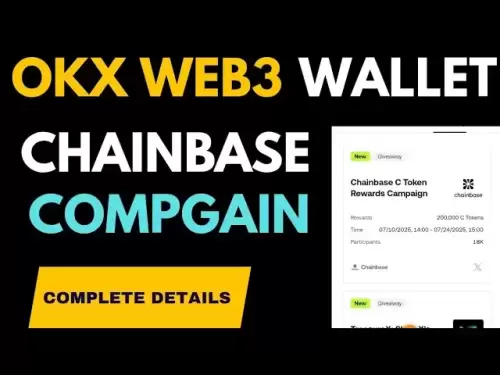-
 Bitcoin
Bitcoin $117,576.6195
-0.21% -
 Ethereum
Ethereum $2,938.5668
-1.35% -
 XRP
XRP $2.7699
4.60% -
 Tether USDt
Tether USDt $1.0003
0.01% -
 BNB
BNB $688.1624
-0.01% -
 Solana
Solana $160.5113
-1.95% -
 USDC
USDC $0.9999
0.01% -
 Dogecoin
Dogecoin $0.1976
-0.70% -
 TRON
TRON $0.3008
1.54% -
 Cardano
Cardano $0.7159
-2.16% -
 Hyperliquid
Hyperliquid $46.2240
2.04% -
 Stellar
Stellar $0.3966
22.03% -
 Sui
Sui $3.3928
-3.11% -
 Chainlink
Chainlink $15.1204
-2.43% -
 Bitcoin Cash
Bitcoin Cash $515.1741
-1.19% -
 Avalanche
Avalanche $20.8130
-0.90% -
 Hedera
Hedera $0.2001
-2.12% -
 UNUS SED LEO
UNUS SED LEO $9.0522
0.72% -
 Shiba Inu
Shiba Inu $0.0...01316
-2.01% -
 Toncoin
Toncoin $2.9843
0.61% -
 Litecoin
Litecoin $92.6745
-2.71% -
 Polkadot
Polkadot $3.9483
-0.06% -
 Monero
Monero $328.5347
1.10% -
 Dai
Dai $0.9998
0.01% -
 Ethena USDe
Ethena USDe $1.0006
-0.01% -
 Uniswap
Uniswap $8.3739
-6.50% -
 Bitget Token
Bitget Token $4.4241
-1.99% -
 Pepe
Pepe $0.0...01222
-3.96% -
 Aave
Aave $300.5203
-3.61% -
 Bittensor
Bittensor $382.2607
-1.92%
How to build a smart contract for a staking pool?
A staking pool smart contract enables users to combine resources for higher rewards, with key features like deposits, withdrawals, reward distribution, and penalties.
Jul 10, 2025 at 05:56 pm
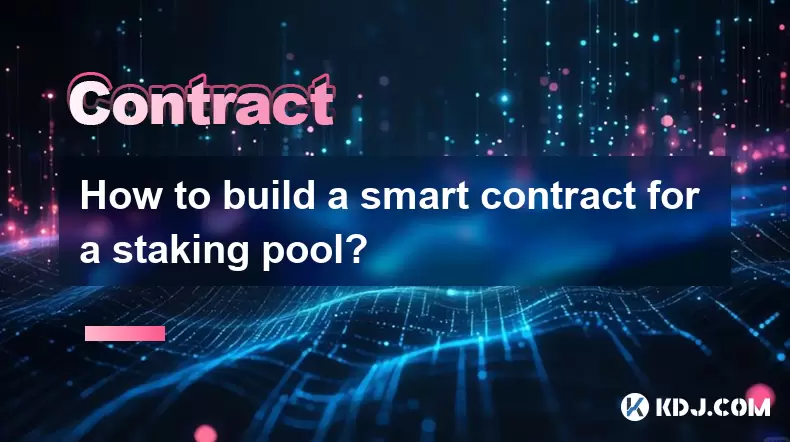
Understanding Smart Contracts and Staking Pools
A smart contract is a self-executing agreement with the terms of the contract directly written into code. It runs on blockchain platforms like Ethereum, Binance Smart Chain, or others. A staking pool, in the context of Proof-of-Stake (PoS) blockchains, allows multiple users to combine their resources to increase the probability of earning staking rewards.
When building a smart contract for a staking pool, developers must define clear rules around token deposits, reward distribution, withdrawal conditions, and penalty mechanisms. The smart contract should be immutable once deployed, ensuring transparency and trustlessness between participants.
Selecting the Right Blockchain Platform
Before writing any code, you need to choose a suitable blockchain platform that supports smart contracts and staking functionalities. Popular choices include:
- Ethereum: Offers robust tools like Solidity and Truffle but comes with high gas fees.
- Binance Smart Chain (BSC): Lower gas fees compared to Ethereum and compatible with most Ethereum tools.
- Polygon (Matic): Scalable solution with low transaction costs and fast finality.
- Solana or Cardano: For more advanced use cases, though they may require learning new programming languages.
Each platform has its own ecosystem and development tools. Ensure compatibility with your token standard (ERC-20, BEP-20, etc.), wallet integrations, and existing decentralized finance (DeFi) infrastructure.
Designing the Core Logic of the Staking Pool Contract
The core logic defines how users interact with the staking pool. Key functions typically include:
- Deposit function: Users can deposit tokens into the pool.
- Withdraw function: Allows users to claim back their deposited tokens after a certain period or condition.
- Reward calculation: Determines how rewards are distributed based on time and amount staked.
- Penalty enforcement: Applies penalties for early withdrawals or violations.
Important variables to track:
- Total staked amount
- User-specific balances
- Timestamps of deposits and withdrawals
- Reward rate per block or time unit
In Solidity, these variables would be stored as state variables within the contract. You will also need to implement SafeMath libraries to prevent overflow and underflow vulnerabilities.
Implementing Token Interactions and Approval Mechanisms
To allow users to stake tokens, your contract needs to interact with an ERC-20 token contract. This involves two main steps:
- Approve: The user must approve the staking contract to spend their tokens.
- TransferFrom: Once approved, the contract calls
transferFromto move tokens from the user's wallet to the contract.
These steps ensure that the smart contract only handles tokens when explicitly authorized by the user. It’s crucial to emit events such as Staked and Unstaked so that front-end interfaces can update accordingly.
Security considerations during this phase include:
- Ensuring that reentrancy attacks are mitigated using ReentrancyGuard modifiers.
- Validating inputs to avoid incorrect transfers or overflows.
- Using Ownable patterns to restrict admin functions to trusted addresses.
Testing and Deploying the Smart Contract
Before deploying on a mainnet, it’s essential to thoroughly test the contract in a local or testnet environment. Use frameworks like Truffle or Hardhat to write unit tests and simulate different scenarios.
Steps for testing:
- Simulate deposits and withdrawals.
- Check reward calculations over time intervals.
- Test edge cases like zero deposits, maximum values, and paused states.
Once testing is complete, deploy the contract using tools like Remix IDE, Truffle migrations, or Hardhat scripts. After deployment, verify the source code on platforms like BscScan or Etherscan to enhance transparency and build trust among users.
Frequently Asked Questions (FAQ)
What happens if I lose access to my wallet after staking?
If you lose access to the wallet used for staking, you will no longer be able to interact with the contract to withdraw or claim rewards. Since smart contracts are autonomous and cannot recover private keys, it is critical to securely store recovery phrases and use trusted wallet services.
Can I stake multiple tokens in one staking pool contract?
Yes, but it requires additional design complexity. You would need to implement multi-token support, possibly using standards like ERC-1155 or creating separate staking pools for each token. Each token interaction must be handled independently to avoid conflicts in reward calculations and balance tracking.
How do I handle emergency withdrawals or pauses in the contract?
You can add pause functionality through an Ownable pattern where the contract owner can trigger a pause. During this state, all withdrawals are allowed but deposits and reward accruals stop. This helps in handling bugs or security issues without permanently locking user funds.
Is it possible to upgrade the staking pool contract after deployment?
Smart contracts on most blockchains are immutable, meaning they cannot be changed once deployed. However, you can use proxy contracts to redirect calls to a new implementation. This method enables upgrades while preserving user data and balances, though it adds complexity and potential security risks.
Disclaimer:info@kdj.com
The information provided is not trading advice. kdj.com does not assume any responsibility for any investments made based on the information provided in this article. Cryptocurrencies are highly volatile and it is highly recommended that you invest with caution after thorough research!
If you believe that the content used on this website infringes your copyright, please contact us immediately (info@kdj.com) and we will delete it promptly.
- Pi Network: Navigating KYC Delays and the Quest for Rewards
- 2025-07-12 20:50:12
- Bitcoin, Crypto & Bills: A New Yorker's Guide to Paying Up!
- 2025-07-12 20:30:12
- XRP, Solana, and the Altcoin Season Buzz: Are We There Yet?
- 2025-07-12 20:30:12
- Cracking the Code: Passive Income with Crypto & Altcoins in the 2025 Bull Run
- 2025-07-12 18:30:12
- Crypto Bull Run: Meme Coins Like Troller Cat Lead the Charge
- 2025-07-12 18:30:12
- Solana, Meme Coins, and Ethereum: A Bullish Crypto Cocktail?
- 2025-07-12 18:50:12
Related knowledge
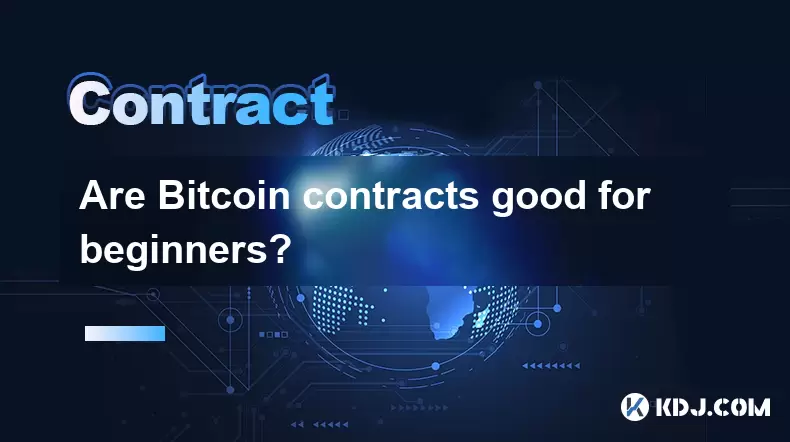
Are Bitcoin contracts good for beginners?
Jul 12,2025 at 08:14pm
Understanding Bitcoin ContractsBitcoin contracts, often referred to as Bitcoin futures or perpetual contracts, are financial derivatives that allow tr...
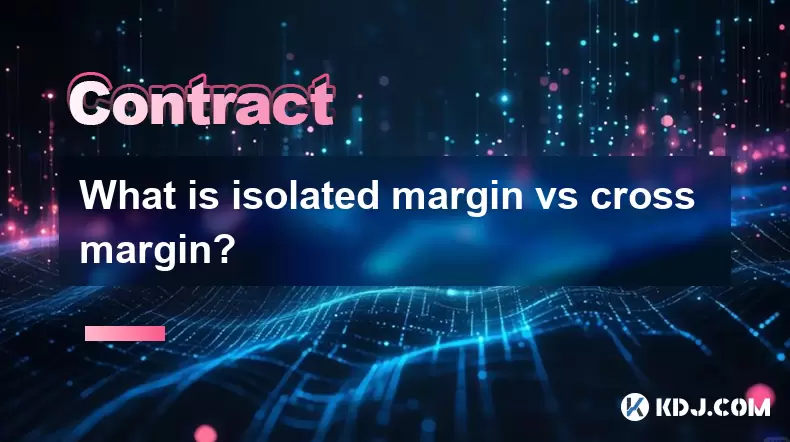
What is isolated margin vs cross margin?
Jul 12,2025 at 04:01pm
Understanding Margin in Cryptocurrency TradingIn cryptocurrency trading, margin refers to the amount of funds a trader must deposit to open and mainta...

What are Bitcoin contracts?
Jul 12,2025 at 06:21pm
What Are Bitcoin Contracts?Bitcoin contracts refer to smart contracts or derivative agreements that are built on blockchain platforms and utilize Bitc...
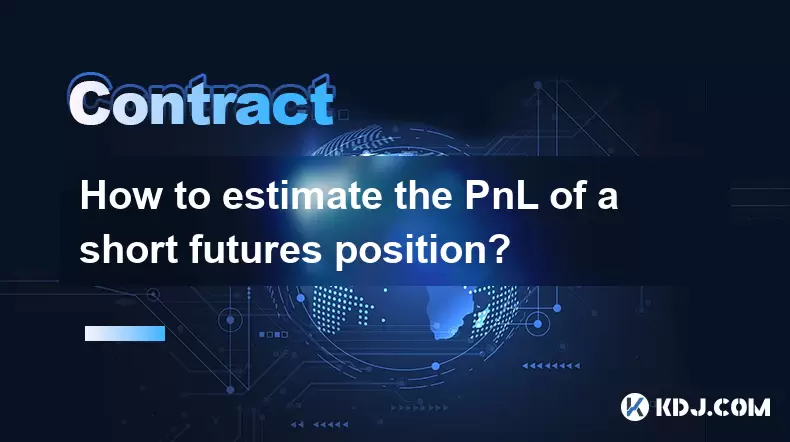
How to estimate the PnL of a short futures position?
Jul 10,2025 at 05:00pm
Understanding the Basics of Futures Trading and PnLIn futures trading, a trader enters into a contract to buy or sell an asset at a predetermined pric...
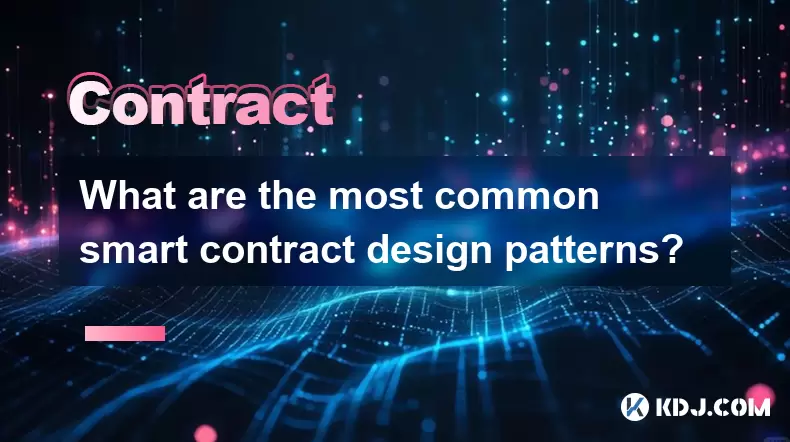
What are the most common smart contract design patterns?
Jul 10,2025 at 09:29pm
Introduction to Smart Contract Design PatternsSmart contract design patterns are standardized solutions to recurring problems encountered during the d...
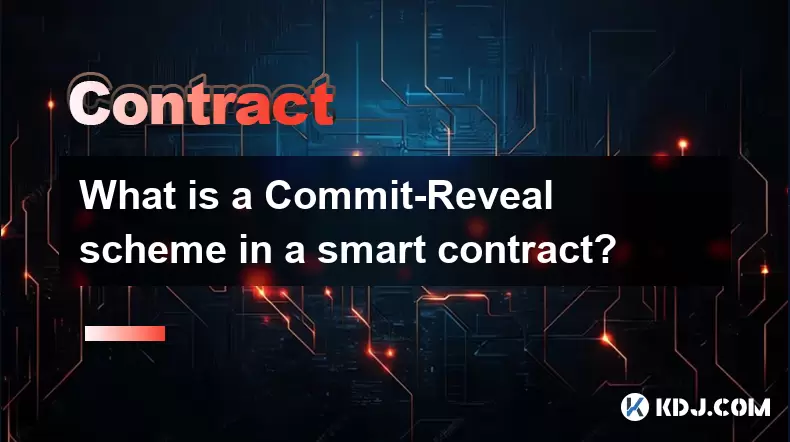
What is a Commit-Reveal scheme in a smart contract?
Jul 10,2025 at 05:22pm
Understanding the Concept of a Commit-Reveal SchemeIn the realm of blockchain and smart contracts, privacy and fairness are often critical concerns, e...

Are Bitcoin contracts good for beginners?
Jul 12,2025 at 08:14pm
Understanding Bitcoin ContractsBitcoin contracts, often referred to as Bitcoin futures or perpetual contracts, are financial derivatives that allow tr...

What is isolated margin vs cross margin?
Jul 12,2025 at 04:01pm
Understanding Margin in Cryptocurrency TradingIn cryptocurrency trading, margin refers to the amount of funds a trader must deposit to open and mainta...

What are Bitcoin contracts?
Jul 12,2025 at 06:21pm
What Are Bitcoin Contracts?Bitcoin contracts refer to smart contracts or derivative agreements that are built on blockchain platforms and utilize Bitc...

How to estimate the PnL of a short futures position?
Jul 10,2025 at 05:00pm
Understanding the Basics of Futures Trading and PnLIn futures trading, a trader enters into a contract to buy or sell an asset at a predetermined pric...

What are the most common smart contract design patterns?
Jul 10,2025 at 09:29pm
Introduction to Smart Contract Design PatternsSmart contract design patterns are standardized solutions to recurring problems encountered during the d...

What is a Commit-Reveal scheme in a smart contract?
Jul 10,2025 at 05:22pm
Understanding the Concept of a Commit-Reveal SchemeIn the realm of blockchain and smart contracts, privacy and fairness are often critical concerns, e...
See all articles























